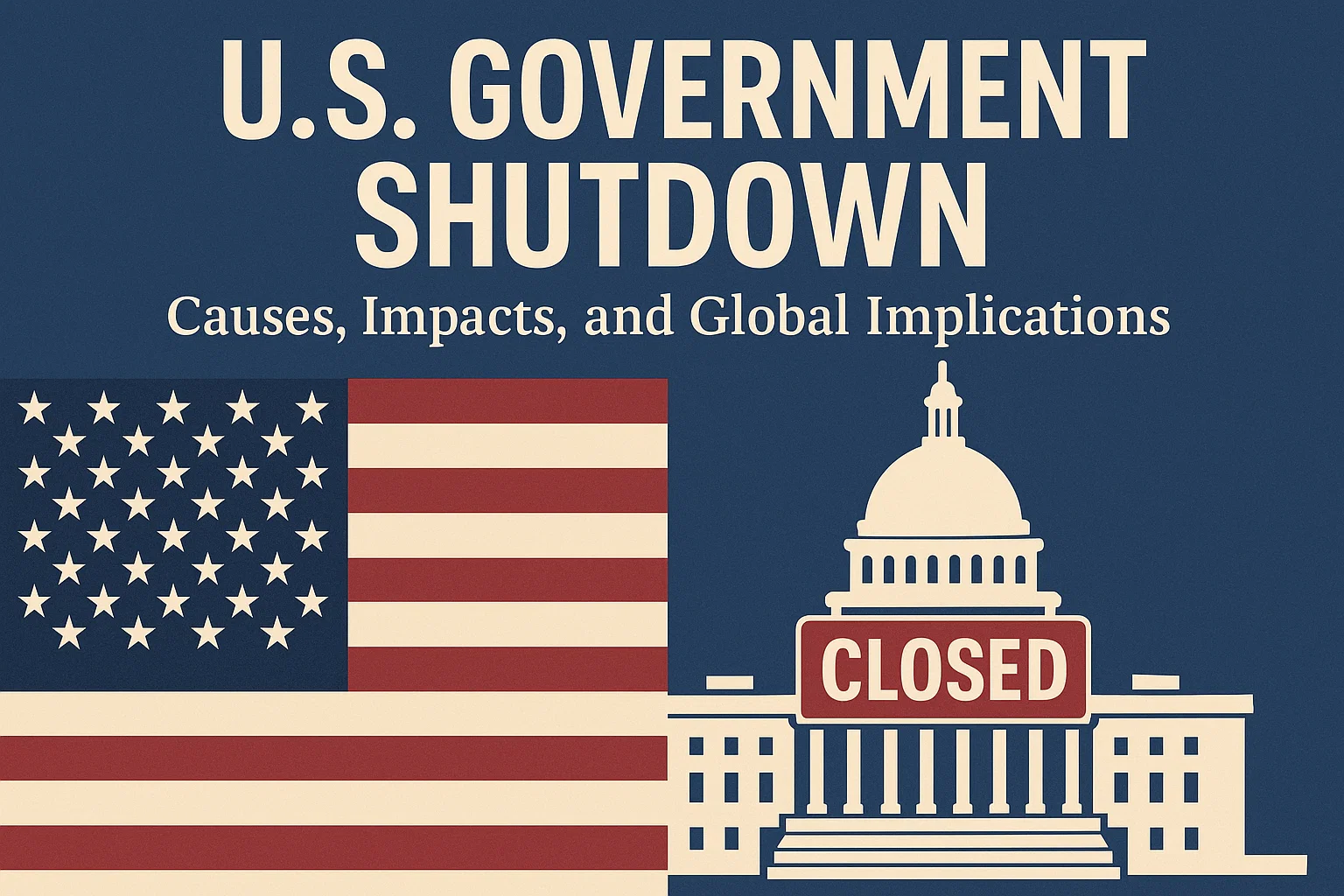Font size:
Print
India’s Heatwave Crisis
It is time to protect India’s workers from the heat
Context:
In the first week of April 2025, Delhi recorded temperatures above 41°C — a dangerous threshold that signals more than just an early summer.
More on News
- This isn’t a rare heatwave; it’s the beginning of a deadly new normal, driven by the intensifying impacts of climate change.
- Indian cities, dense and poorly ventilated, have become ground zero for extreme heat events.
- While rising temperatures impact everyone, it is urban informal workers — street vendors, construction laborers, rickshaw pullers, waste pickers, and gig workers — who are suffering the most.
- In 2024, the Reserve Bank of India (RBI) warned that extreme heat could cause a 4.5% hit to India’s GDP, mostly due to the health and productivity losses among these occupationally exposed groups.
- Despite their critical role in urban economies, these workers are still largely left out of urban heat preparedness plans.
India’s Heat Action Plans Fall Short for Informal Workers
- Action Plans: Many Indian cities have developed Heat Action Plans (HAPs), often modeled after Ahmedabad’s pioneering approach and guided by the National Disaster Management Authority (NDMA).
- However, more than a decade later, most city HAPs are underfunded, fragmented, and fail to include informal workers meaningfully.
- A review of existing HAPs reveals several major flaws:
- Informal workers are invisible: Most plans mention “outdoor workers” vaguely but lack specific strategies for the diverse occupations in India’s informal economy.
- Short-term focus: Heat is treated as a seasonal issue, not a year-round threat linked to broader climate vulnerability.
- Lack of inter-agency coordination: Ministries of Labour, Urban Affairs, Environment, and Health often work in silos, leading to disjointed protection frameworks.
- No worker protections: Few plans mention protocols for hydration, shaded rest areas, adjusted work timings, or wage compensation for lost work.
Global and Local Models for Worker-Centric Heat Protections
Globally, several countries have made progress in protecting outdoor workers from rising temperatures:
- California and Oregon (USA) mandate rest breaks, water access, and shade at work sites.
- France’s “Plan Canicule” enforces work adjustments and opens public spaces for cooling during heatwaves.
- Qatar and Australia restrict outdoor labor during peak heat hours.
- India, too, has some promising examples:
- Ahmedabad’s HAP includes shaded rest zones and staggered work timings.
- Odisha mandates a halt to outdoor work during the hottest hours of the day.
A Blueprint for Worker-Focused Urban Heat Response
To protect urban informal workers from extreme heat, India must urgently adopt a more inclusive and sustainable strategy. Here’s what that looks like:
- Update NDMA’s Heat Guidelines: The NDMA must revise its 2019 guidelines to explicitly include informal workers.
- Plans should define safe working hours, hydration protocols, rest breaks, emergency response mechanisms, and occupational risk maps — tailored to specific job types.
- Ensure Worker Participation: City and State HAPs must be co-created with input from worker unions, collectives, and civil society groups.
- Bottom-up planning ensures better adoption and more realistic policies grounded in lived experience.
- Provide Access to Shade, Rest, and Cooling: Every city must create cooling infrastructure such as shaded rest areas, hydration points, and public cooling centers at markets, transport hubs, and labor sites.
- Public buildings, malls, and parks can serve as temporary cooling shelters during heatwaves.
- Mobilise Innovative Financing: Local heat adaptation projects can be supported through CSR funds, municipal development budgets, and community contributions.
- Expanding health insurance coverage for heat-related illnesses is also vital.
- Integrate Heat Resilience into Urban Planning: Heat adaptation must be embedded in master plans, building codes, and urban development policies.
- Cities should promote green infrastructure, such as tree corridors and water bodies, and redesign informal workspaces for thermal comfort.
- Create a National Task Force: An inter-ministerial task force should be established to coordinate climate and labor policy.
- This body should include the Ministries of Labour, Health, Environment, and Urban Affairs, as well as the NDMA and State Disaster Management Authorities.
- Every city must appoint a dedicated heat officer to implement and monitor worker safety measures.



